Filter by Type
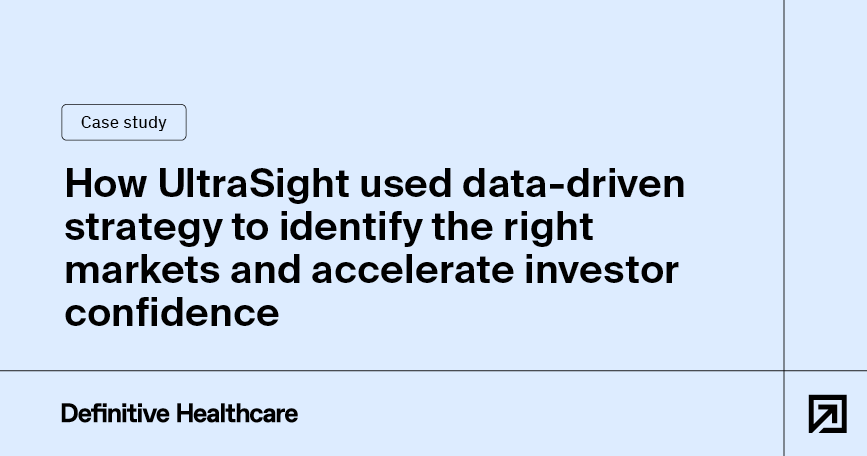
How UltraSight used data-driven strategy to identify the right markets and accelerate investor confidence
See how we helped UltraSight zero in on high-need, high-adoption, revenue-driving opportunities—fueling sustainable growth.
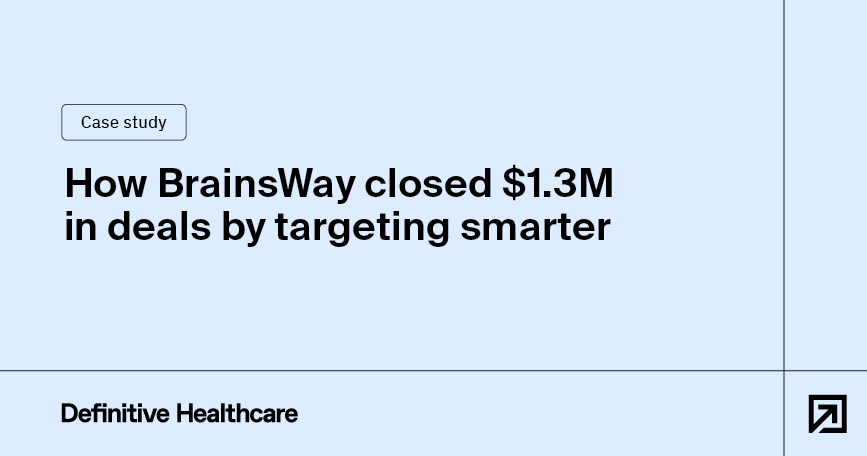
How BrainsWay closed $1.3M in deals by targeting smarter
Learn how BrainsWay used our data to drive smarter provider targeting, greater efficiency in the field, and stronger post-sale support.
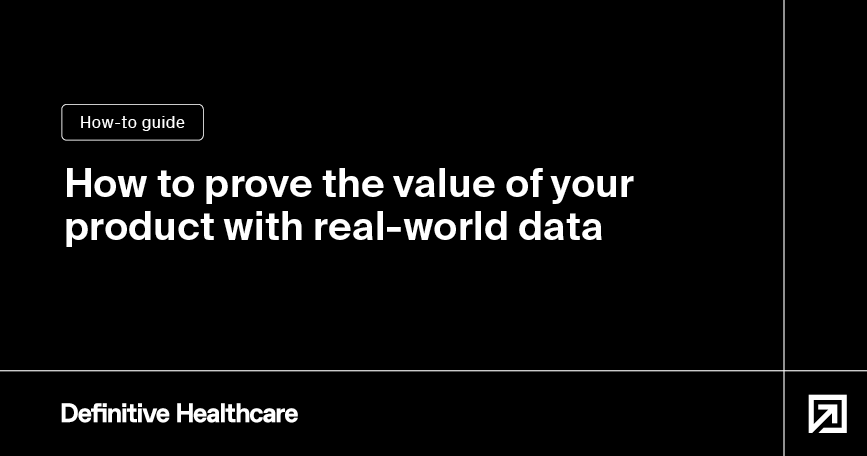
How to prove the value of your product with real-world data
Learn how to use real‑world data and evidence to build credibility, show safety and effectiveness, and demonstrate your medical device or product’s market value.
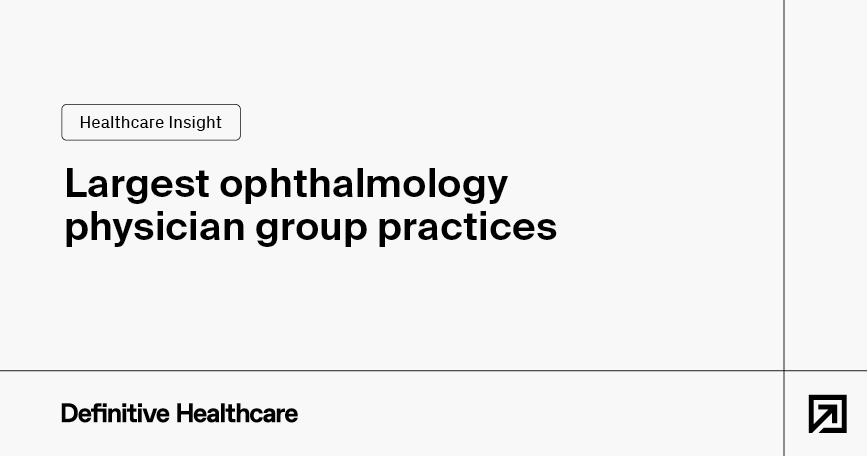
Largest ophthalmology physician group practices
Explore the largest ophthalmology physician‑group practices in the U.S., ranked by physician count and national footprint, key for vendors, payers and analysts.
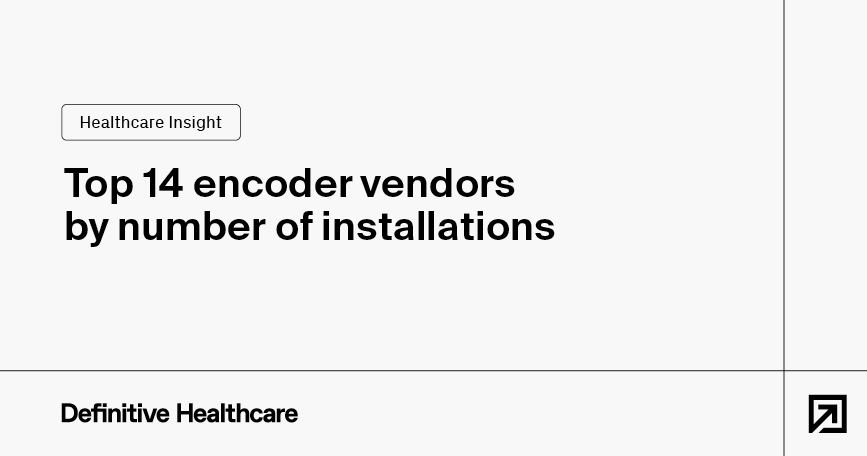
Top 14 encoder vendors by number of installations
Explore the most‑installed medical coding encoder vendors in the U.S. Review our list of medical coding software by install count and market share.
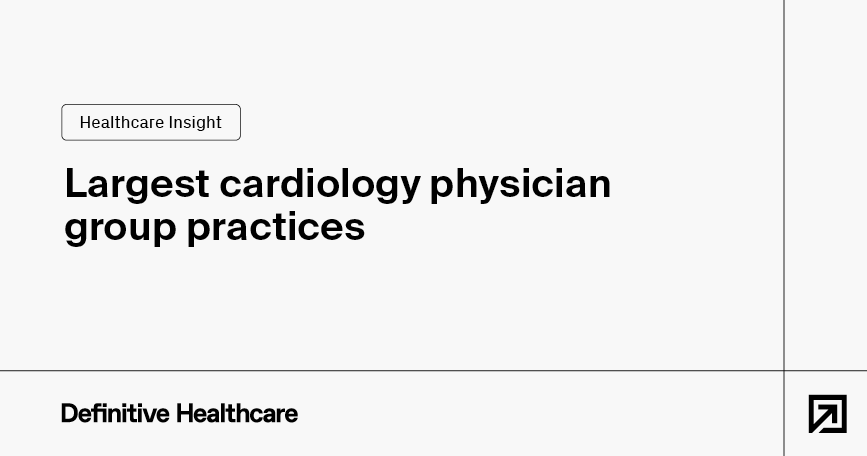
Largest cardiology physician group practices
Explore the largest cardiology physician groups in the U.S., ranked by number of physicians, a guide for vendors, partners, and healthcare analysts.
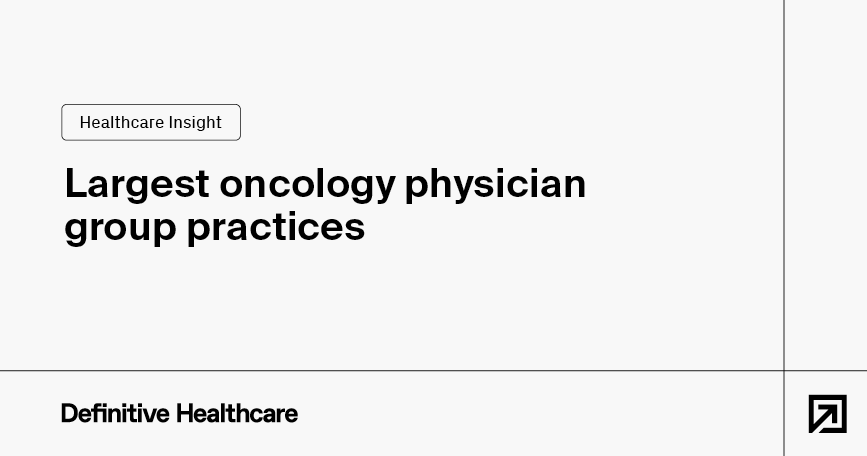
Largest oncology physician group practices
Explore the largest oncology physician group practices in the U.S. ranked by size, locations, and network reach across cancer care services.
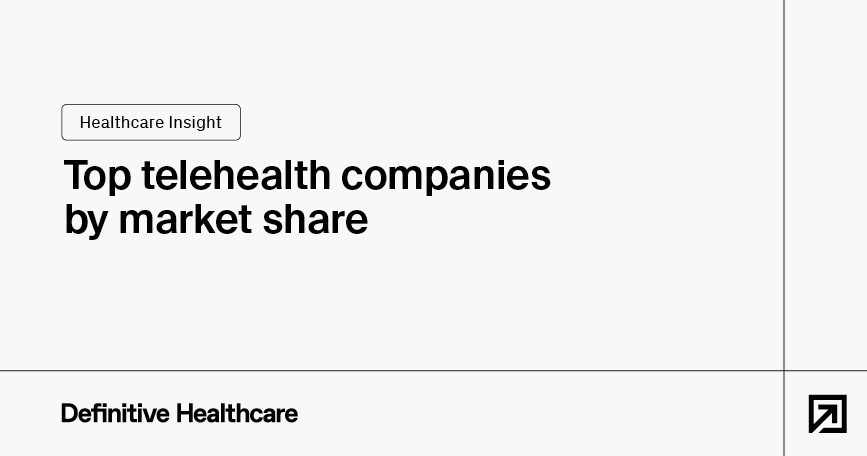
Top telehealth companies by market share
Discover the top telehealth companies ranked by U.S. market share and understand who leads virtual care platforms and services.